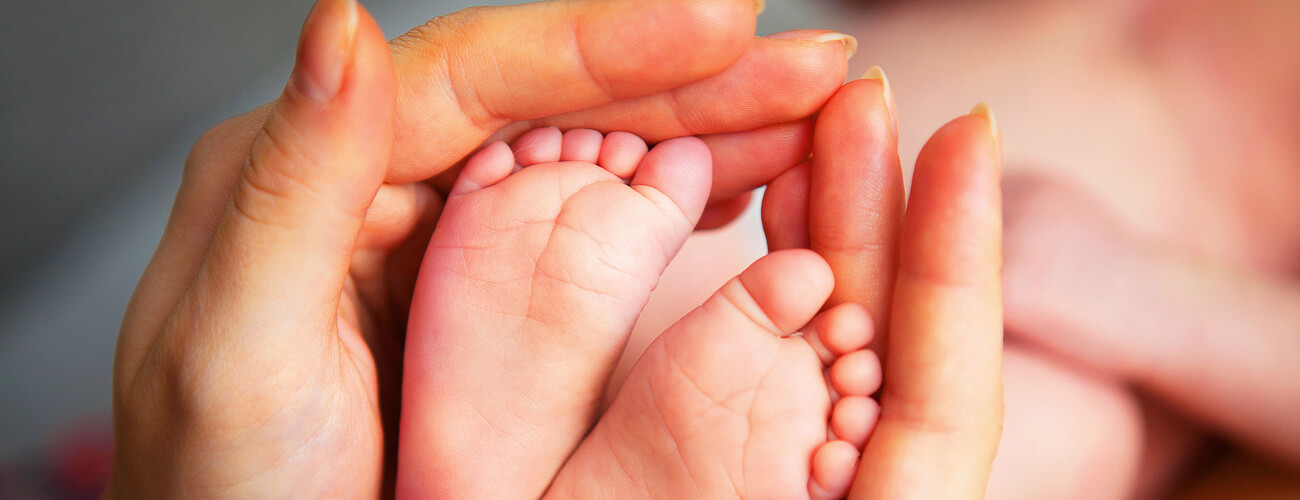Babies
Babies often suffer from problems with feeding, digestion, sleeping, sucking, crying and settling. Your midwife and GP are your first line of support and should always be consulted to check for problems that may need them to prescribe a course of action. If your baby remains unsettled craniosacral therapy may be able to help.
Often problems in early life are a direct result of the powerful forces involved in the birth process. The flexible nature of a baby’s scull is key to helping their passage into the world but can also be at the heart of many common problems that a baby experiences. During birth, cranial bones can move out of place and become misaligned causing strains through membranes and also possible interference with the cranial nerves responsible for digestion, feeding, breathing, sleeping, settling and bonding.
Fortunately, babies usually respond well to very gentle craniosacral therapy as it supports their body to resolve imbalances and compressions especially around the base of the skull, face and upper neck. It is also very useful helping babies who have experienced a stressful or traumatic birth process to release tension and stress held in their system.
Craniosacral therapy is an extremely gentle treatment that works with your baby’s innate recovery response and is therefore suitable for use from birth onwards. Treatment of compression and strains early on can allow your baby to grow and develop happily, free from restrictions. Young babies may be cuddled and fed during treatment and older babies can play with their parents and the therapist.
Childhood Healthcare
Many children struggle with common childhood behavioural, social and learning difficulties. Some of these are fairly common anxieties and problems related to growth and physical development. Others are much more complex like autistic spectrum disorders with multiple factors influencing the child’s everyday life, experience of childhood and families.
Parents have found that the gentle non-invasive process of craniosacral therapy is very supportive for children as it can facilitate key adjustments and releases of tensions.
The releases experienced can impact on the child’s sense of themself and their ability to relate to others as well as helping to down regulate their central nervous system helping to reduce anxiety and to experience a sense of calm.

